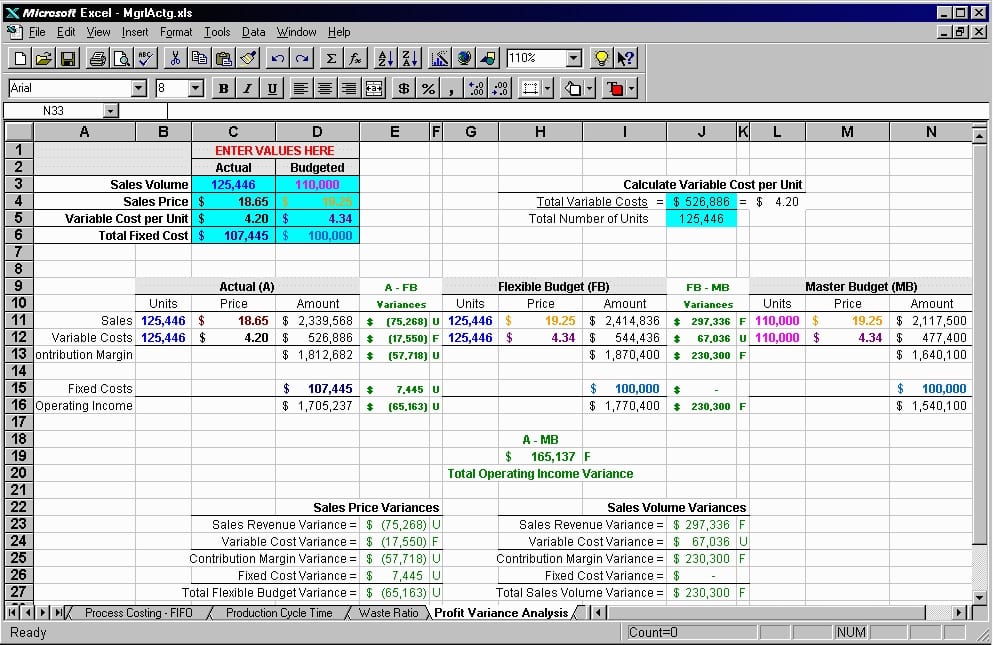
Routinely monitoring inventory levels will help you manage your working capital efficiently. If you’re fighting for time, aim to catch up with your reconciliation ahead of the month end close process. That way, you can also spot any suspicious activities without delay.

Ideally, reconcile your petty cash fund daily or weekly because small payments are easy to miss. Check your petty cash balance at the beginning and end of the month.But accounting for every transaction is key to avoiding discrepancies in your financial data.

The petty cash fund may not seem important. Suggested reading: Bank Reconciliations: Everything You Need to Know 4. Create a record of your bank reconciliation.Keep an eye out for any suspicious transactions. For example, uncleared checks, mistakes in internal records, and bank charges. Check the ending balances, deposits, and withdrawals of your bank statements against your cash book.Digital payment and money transfer accounts like PayPal and Payoneerįollow these steps in your bank reconciliation process:.Here are the typical accounts to reconcile: Bank reconciliations will also help you understand your cash situation and not overdraw your account. Prepare a bank reconciliation to reconcile your bank account with your financial records. With account reconciliations, you’ll spot mistakes in your financial data and fraudulent transactions (if any!). If you need more time to pay your suppliers, negotiate better credit terms in advance. Look for any mistakes, including duplicate invoices.Note overdue invoices for immediate payment.Next, review your accounts payable to check if you’re making invoice payments on time. Account for items such as discounts, and credit notes for disputes or returns.Follow up with customers who’ve exceeded their credit period.You can easily do this with accounting software. So make sure your customers are paying without delay. Small businesses often struggle to collect money on time, resulting in poor cash flow management and bad debt. Review your accounts receivable to see if your customers are paying within the agreed credit term.
Bench bookkeeping excel password update#
Update accounts receivable and accounts payable But it is critical for small business success. If you don’t have a finance team, recording transactions can take time. This is the master ledger with all your business transaction data. Next, review if you’ve posted your journal entries correctly into your general ledger. Here are some expenses you should record:Ĭheck if you’ve posted debit and credit entries accurately for all the transactions. If you fall behind, catch up on your backlog ahead of the month end process. That way, you can minimize your workload at the end of the month. If you’re not recording your expenses in real-time, attempt to record them weekly. Next, review if you’ve invoiced all your customers accurately and send any missing invoices. Here are some incoming cash items to review: Here’s our month-end close checklist to help you organize your workflows.Ĭheck if you’ve recorded all your incoming cash during the month and capture any missing items. Now that you’ve got some knowledge under your belt about the month end close process, the next step is to create a checklist to streamline your closing procedures.
Bench bookkeeping excel password full#
Small business owners have their plate full with daily business operations, so it’s normal to dread the month-end admin.īut here are some of the benefits of finalizing your month end close process without delay: Why is the month-end close process important? To learn more, see our guide on Cash Basis Accounting vs. With cash basis accounting, you won’t have balance sheet accounts, such as accounts receivables and accounts payables. Accrual basis accounting: recognizing income and expenses when you incur them.Cash basis accounting: recognizing income and expenses when you receive or pay cash.Your month-end workflows will depend on the accounting basis you use: Make sure to capture all financial data for the month. Accounts receivable and accounts payable.Bank statements, including credit card and loan statements.Here is the information you need for your monthly closing process: The month end close process involves recording, reconciling, and reviewing all business transactions and finalizing the account data for the month.


 0 kommentar(er)
0 kommentar(er)
